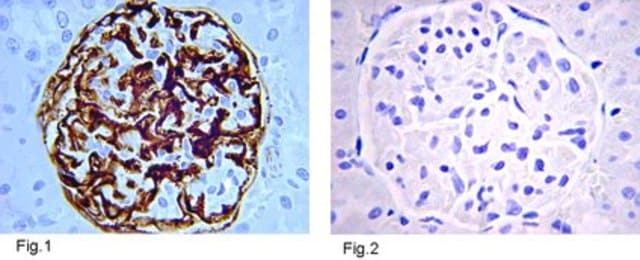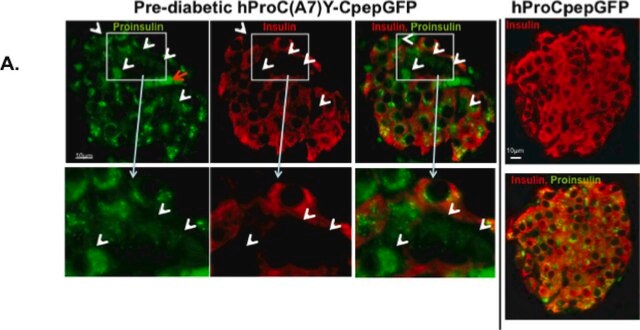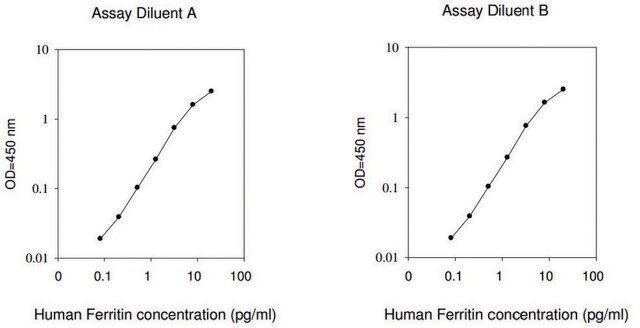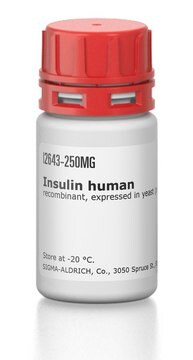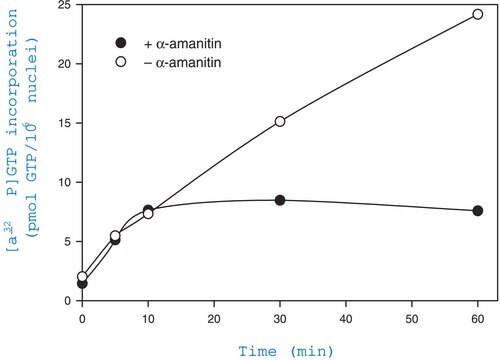05-1066
Anti-Insulin Antibody, clone E11D7
clone E11D7, from mouse
Synonym(s):
Anti-IDDM, Anti-IDDM1, Anti-IDDM2, Anti-ILPR, Anti-IRDN, Anti-MODY10, Anti-PNDM4
About This Item
Recommended Products
biological source
mouse
Quality Level
antibody form
purified antibody
antibody product type
primary antibodies
clone
E11D7, monoclonal
species reactivity
human
species reactivity (predicted by homology)
rat, mouse
packaging
antibody small pack of 25 μg
technique(s)
ELISA: suitable
immunohistochemistry: suitable (paraffin)
isotype
IgG1κ
NCBI accession no.
UniProt accession no.
shipped in
ambient
target post-translational modification
unmodified
Gene Information
human ... INS(3630)
mouse ... Ins1(16333)
rat ... Ins1(24505)
Related Categories
General description
Specificity
Immunogen
Application
Insulin-coated plate was incubated with Anti-Insulin, clone E11D7 in 2-fold serial dilutions diluted in PBST from 5 μg/mL to 0.01 μg/mL.
Signaling
Metabolism
Insulin/Energy Signaling
Glucose/Glycogen Metabolism
Metabolic Hormones & Receptors
Quality
20 μg/mL of this antibody detected insulin in β cells.
Target description
Physical form
Storage and Stability
Other Notes
Disclaimer
Not finding the right product?
Try our Product Selector Tool.
recommended
Storage Class
12 - Non Combustible Liquids
wgk_germany
WGK 1
flash_point_f
Not applicable
flash_point_c
Not applicable
Certificates of Analysis (COA)
Search for Certificates of Analysis (COA) by entering the products Lot/Batch Number. Lot and Batch Numbers can be found on a product’s label following the words ‘Lot’ or ‘Batch’.
Already Own This Product?
Find documentation for the products that you have recently purchased in the Document Library.
Our team of scientists has experience in all areas of research including Life Science, Material Science, Chemical Synthesis, Chromatography, Analytical and many others.
Contact Technical Service
